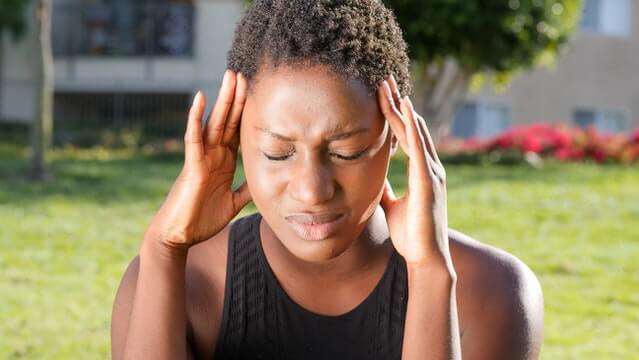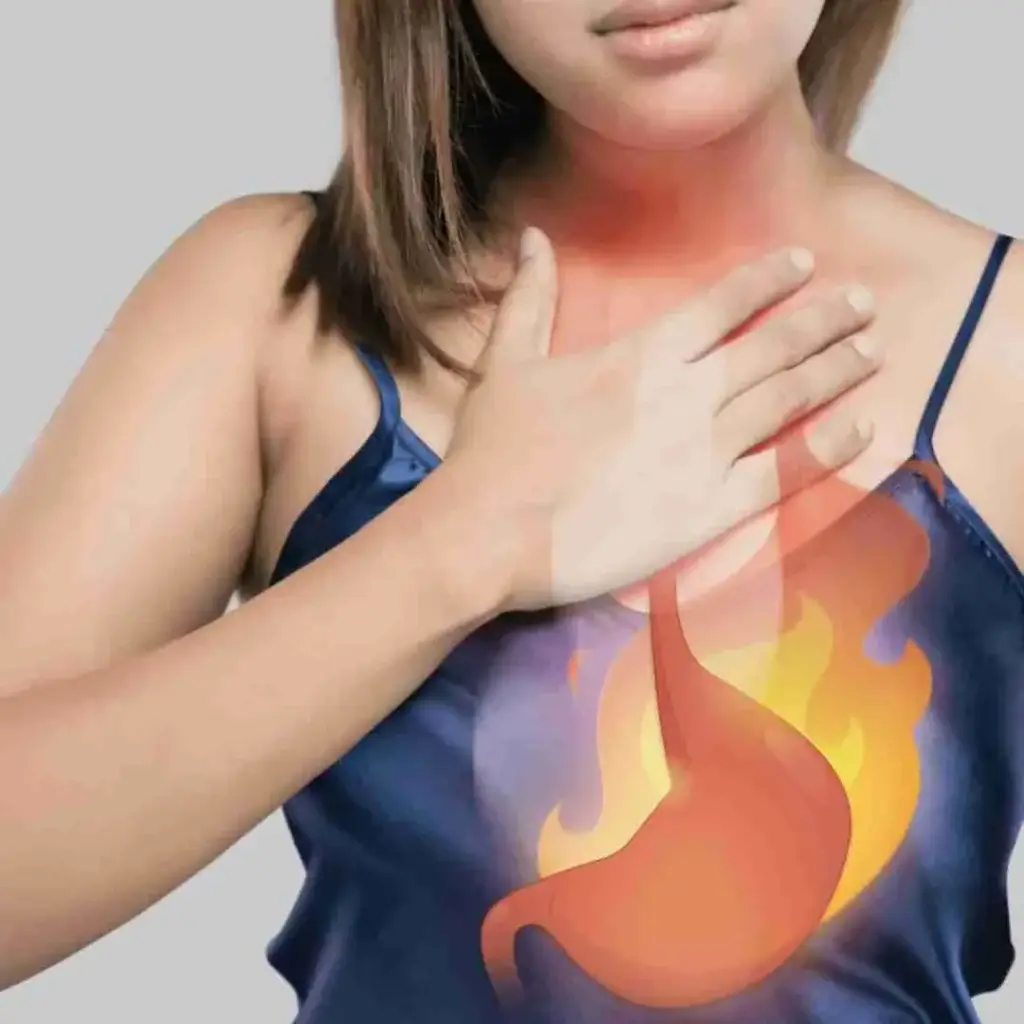Maybe it’s the delicious food, the joy of sharing a dinner with close friends and family, or the beautiful foliage decorating the trees, but something about fall makes it a favorite season for many. Unfortunately, for many migraineurs, seasonal changes can also mean painful migraine attacks.
Can Weather Trigger Migraines?
You probably know that many factors can trigger a migraine. Certain types of foods, strong smells, bright lights, and stress are among the most common migraine triggers in adults. But many people with migraines report that different weather patterns like extreme heat, cold temperatures, storms and even high winds are also frequent triggers.
Several research studies have investigated the relationship between migraines and the weather, but with many of the findings contradicting one another, it has been hard for experts to determine if such connection does exist. For example, in a study published in 1980, researchers asked 75 individuals with frequent headaches to keep a daily log with their headache triggers, severity, and other factors. After one month of data, their results suggested that neither weather or barometric changes were associated with the onset or severity of a headache.
Conversely, a study published in the Journal of Head and Face Pain in 2004 investigated the correlations between several weather-related factors, including temperature, barometric pressure changes, wind, snow, humidity, rain, clouds, and others. The authors found that there were significant correlations between several weather variables and headaches, especially to temperature and humidity changes. In regard to what type of weather might trigger a migraine, they pointed out that “…with the gamut of known possible migraine triggers, patients might be susceptible to weather in their own ways.”

Which kind of weather triggers migraines?
Pinpointing a specific weather event or temperature that triggers a migraine can be complicated. Migraine triggers have been shown to vary from person to person, so what sets off a headache in one individual might not be an issue for another one. Such variations also make it difficult for researchers to study these connections successfully.
According to the American Academy of Neurology, these are some of the weather-specific triggers migraineurs have reported:
- High humidity
- High winds
- Sunlight
- Barometric pressure changes
- Temperature changes (excessive heat or excessive cold)
- Lightning (stormy weather)
For some people, weather changes may cause imbalances in brain chemicals, including serotonin, which can prompt a migraine. Weather-related triggers also may worsen a headache caused by other triggers.
Barometric Pressure Migraines and Headaches
Air pressure is closely related to the weather. Barometric changes are a key trigger for many migraine sufferers. For some people, it’s a sudden drop in pressure and for others, it’s a rise in pressure. Barometric pressure refers to the pressure in the air or the amount of force that is being applied to your body from the air. For example, when the outside air pressure drops, it creates a pressure difference between the air in our sinuses and outside and can cause head pain. This is similar to what some people experience when flying on an airplane.
Barometric pressure does not have to change drastically to cause a migraine or headache. If you suffer barometric pressure migraines, consider buying a barometer to help you prepare for and predict the barometric pressure changes that affect you the most. A good barometer is the Ambient Weather WX-228TBH or B10225C.
How can you control and prevent weather-related migraines?
Some triggers – like food choices and certain lifestyle factors – can be easier to avoid than others. Unfortunately, the weather is one of those factors that’s impossible to control. If you think that particular weather or temperature changes might cause you to have more migraines than usual, it’s essential to learn to recognize them.
If you already keep a trigger tracker, add information about the weather, like temperature, cloud coverage (sunny, cloudy, etc.), rain, snow, etc. If you don’t keep one, consider starting one to understand more about your own triggers. Knowing your triggers and being prepared is the most important step to control your migraines… so they don’t control you.
More tips to keep the next storm from taking over your head:
Stay Indoors – You can’t control the temperature outside, but if extreme temps always set off an attack, stay indoors where you can keep an eye on the thermostat. If you need to go out, make sure to bundle up if it’s too cold or wear light fabrics if it’s hot.
Keep Your Medications Nearby – Weather changes can occur rapidly and without warning, so don’t be caught off-guard by a storm, or a heatwave or pressure change. Consider leaving extra meds wherever you spend the most time (i.e., your desk at work or your car).
Keep MigreLief-NOW on Hand at All Times – Consider this fast-acting nutritional formula for on-the-spot neurological comfort when you need it the most. MigreLief-NOW is a combination of Magnesium, Cerevasc Ginger, and the herbs Boswellia and Puracol Feverfew.
Drink Plenty of Water – Drink a minimum of eight glasses of water per day to stay well hydrated.
Get Plenty of Sleep – 7 to 8 hours of uninterrupted sleep is key to health and longevity and has great benefits for headache or migraine sufferers. Deep sleep is where all the healing and rejuvenating occurs in our body.
Monitor the Weather Frequently –The best way of being prepared for any kind of weather is by checking the forecast often. There are hundreds of free and paid apps that range from your run-of-the-mill temperature readings to interactive maps, allergy and pollen information, air quality, and more. Knowing what the day’s going to be like allows you to plan ahead, take your preventive medication, wear more appropriate clothing, or ultimately decide to stay indoors.
About AKESO
AKESO formulates world class dietary supplements that provide nutritional support for the most common health issues that concern people most, such as migraines, headaches, joint health, stress & anxiety, memory, sleeplessness, ADHD, and more. Changing lives is the reasons we wake up every day passionate about the special products we provide to our customers. Helping you to get well and stay well is our bottom line.


